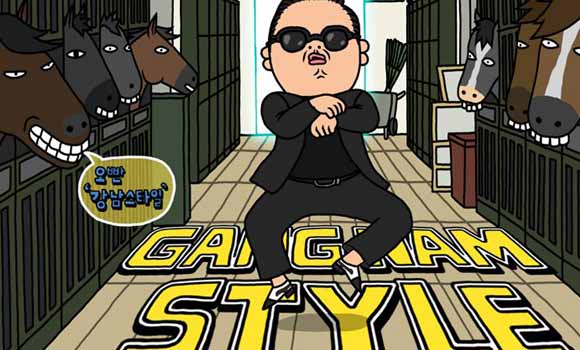Gianni Rodari the master of Fantasy…
“Fantasy is a serious thing” so wrote the great author of children’s novels Gianni Rodari, according to whom imagination and fantasy are not an “idle amusement” of our minds, but the necessary basis for the development of creative thinking.
“It takes a great fantasy, a strong imagination to be a great scientist, to imagine things that do not yet exist, to imagine a better world than the one we live in and set to work to build it!” (From ‘Grammatica della Fantasia’, the Grammar of Fantasy 1973).
Fairy tales as fantastic tales are, according to Rodari, a very important educational tool for children, a way to learn about reality through new ways, but also to feed their mind with different images and words that nourish the imagination and make people find solutions away from adult schemes.
In an interview taken by a young girl, Rodari claimed to prefer stories with an open ending: “I prefer that those who read or listen to a story can finish it the way they want to, I prefer stories with a question mark so that children can imagine their own plot. It’s up to them to finish it.” By imagining a finale, the child will surely feel more involved and at the same time his or her mind will also become more open, critical and creative.
How to write a fairy tale
According to Jerome Bruner (U.S. psychologist who worked in the fields of Cognitive Psychology and Educational Psychology), it is important that within a fairy tale there are both real and unreal, fantastic elements, so that the child can activate both functions (rational thinking and fantastic thinking) at the same time, which is essential for the development and proper functioning of his mental activity.
A fairy tale must thus have the following characteristics:
The protagonists should be fictional characters, so that the child can distance himself from the tale, but, at the same time, it should have some real features, in order to allow self-identification.
The setting should be clear and defined, but also fascinating and magical such that the listener is able to get his or her bearings and begin an immersive experience. Often the represented world is divided into two parts: the good and the bad one. Characters are either good or bad, smart or stupid; truth and reason are always on one side.
Original and interesting. It is possible to write a totally new tale from scratch, revisit an existing story by rewriting it from a different point of view, or even take various characters from different stories and combine them into a new one.
The structure of the tale includes three important moments: the beginning, in which the protagonists and the balance that, shortly thereafter will falter, are introduced; the crisis – or middle phase – in which the problem becomes clear and the other characters, allies and enemies, are defined; and the conclusion, in which a new balance is established.” The happy ending is crucial: it gives courage and hope, and teaches the child that difficulties are there, but they can be faced and overcome, to get well again.
Scary fairy tales
Many parents avoid telling stories that can traumatize or scare children. Actually, through the tale a child can experience strong emotions in a protected way, without being the direct protagonist, enjoying the reassuring closeness of a parent. In this way he will be able to face some real-life fears, such as that of death. As the famous psychologist Bruno Bettelheim argued, children learn that, just as in tales heroes achieve the kingdom and happiness, it is also possible in real life to overcome adversities with strength, intelligence and courage.
Fairy tales can also have a “therapeutic” effect, because they help the child overcome some fears or small problems of everyday life.
If the child is unable to identify and communicate the origins of his or her distress, a fairy tale can be a great help in expressing his or her emotions, becoming aware of them, and reprocessing them.
ALSO READ: Halloween and children’s fears








